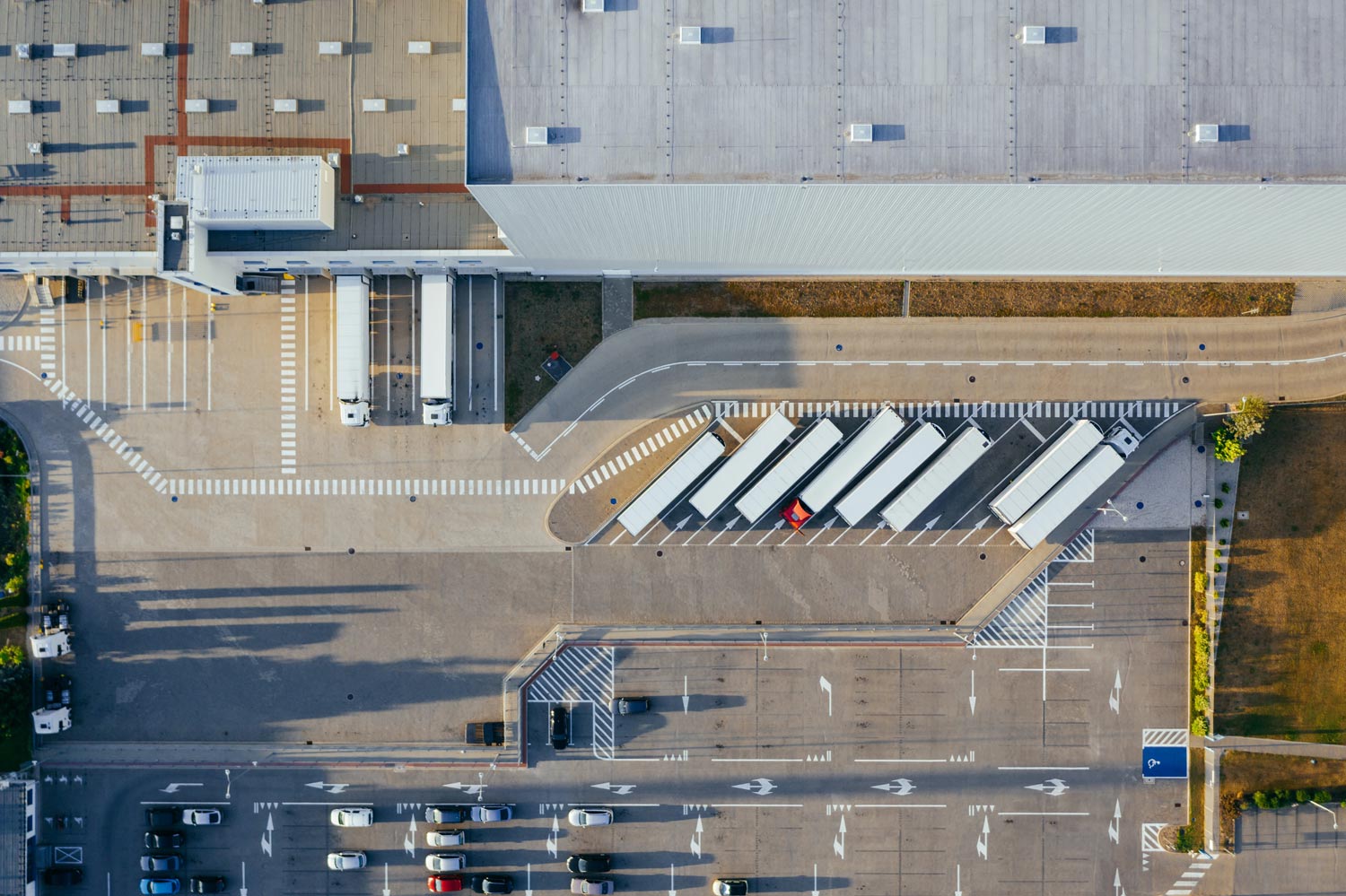The experience of the past few years has shown us how unpredictable our world can be. Crises strongly influence the global economy, as seen with the Covid-19 pandemic and the war in Ukraine. At the same time, technological progress is reshaping our lives. Macro trends in both society and economy, such as those described by the Zukunftsinstitut, a German institute of trend research and futurology, or the 4flow trend monitor reflect these changes. Considering macro trends such as connectivity, individualization, mobility, neo-ecology and urbanization – and adapting logistics processes accordingly – is essential for the future success of retail businesses.
In response to these changes, businesses need to continuously adjust and develop their products, services and corresponding logistics processes to meet consumer requirements and keep costs at bay. In this context, the need for agility and the impact of inflation are key considerations. Dependent on customer demand, retail businesses especially must pay attention to social and economic trends to make strategic logistics investments and operate successfully long term.
In the introductory pre-study, “Trends in retail supply chains”, 4flow has compiled an overview of trend categories that have the potential to shape the future of logistics in the retail industry.
Disruptive retail trends
Download the pre-study to read more about the following trends and their impact on retail.
Digitization – Digital sales channels become more and more diverse

Digitization enables new sales and distribution channels. With digital developments such as those encompassed by everywhere commerce or retail disruption, consumers expect a convenient shopping experience on user-friendly, one-stop shopping platforms.
New technology creates new expectations – and provides supply chain solutions
Customers have grown used to the new standards enabled by digital technology and expect transparent, reliable and fast delivery. In response, retail businesses need to consider their networks and processes for efficiency and reliability – including, for example, digital twins of warehouse operations and tracked transportation.
Digitization also enables businesses to respond to labor shortages – for instance by implementing a variety of automated solutions – and improve their logistics processes with algorithmic retail by using big data and AI.
Omnichannel retail – Demand for seamlessness between sales channels is forcing supply chain redesign

The demand for seamlessly integrated online and offline services is met by omnichannel retail. To target Gen Z customers, who engage in shopping activities using social media more than any other group, integrating all communication into one platform is vital. For other customer groups, shopping in physical stores continues to be an essential part of the retail experience.
Integrating supply chain processes in omnichannel retail
In omnichannel retail, inventory is shared between channels. Intralogistics, transportation processes and resources are similarly coordinated between channels. Effective fulfillment and reverse logistics processes are only possible if sales channels are fully integrated physically, informationally, and financially.
Despite these challenges, omnichannel is being embraced by former pure players of the online faction like Amazon as well as brick-and-mortar specialists like Walmart.
Urbanization – New logistics solutions support better coordinated urban landscapes

Retail businesses must consider the requirements of the growing urban population, including comfort and convenience. At the same time, the scarcity of space and the congestion of urban infrastructure cause key problems related to mobility.
Logistical challenges in urban environments
Delivery must become more efficient to meet the demand for quick commerce. In areas with limited space, smart solutions for interim storage are key for success. Micro-hubs, dark stores, or shared warehouses are only a few examples.
Coordination of urban logistics is often initiated by local government and city planners to lessen the strain on urban infrastructure. Solutions like loading zones, city tolls and vehicle access regulations address this goal – and require new solutions for retail supply chains.
Sustainability – Awareness for sustainability becomes a must-have for retail companies

Sustainability is increasingly important for consumers. Especially in grocery shopping, ecological and ethical awareness affect purchasing decisions, even if extremely high inflation is an inhibitory factor.
Sustainable supply chains in retail
Food retail companies are starting to consider sustainability in sourcing – where near-shoring and direct trade can help retailers reduce their footprints – and in warehousing and transportation. For these processes, warehouse location structures, optimized inventory levels and low-emission transportation, for instance with electric trucks, are important levers. New delivery concepts like crowd delivery or CEP collaboration can also help reduce emissions.
At the same time, government objectives like climate neutrality goals or closed substance cycle regulations will likely make adjustments to retail supply chains necessary.
Interested in more information on the future of retail supply chains?
Download the pre-study now and get notified when the next parts of the 4flow study series on retail supply chains are published.
What’s coming next in the 4flow study series “The future of retail supply chains”?
Outbound study
In this section, target logistics structures for various future scenarios are calculated for a retail company. These include brick-and-mortar, traditional e-commerce (next-day delivery) and quick commerce (instant delivery) sales channels. The study compares locations and delivery routes to maximize convenience, sustainability and cost.
Inbound study
In this section, the strategic selection of suppliers and quantity allocation is calculated for a retail company. The benefits of resilience and diversification are considered in addition to sustainability and cost to examine the tradeoff of local versus global sourcing and single versus multiple sourcing.
Inventory study
In this section, inventory decisions are calculated for a retail company based on various future scenarios. The effects of customer expectations for product availability and freshness on inventory levels are shown. Optimal inventory levels for more sustainable material management will be compared.

